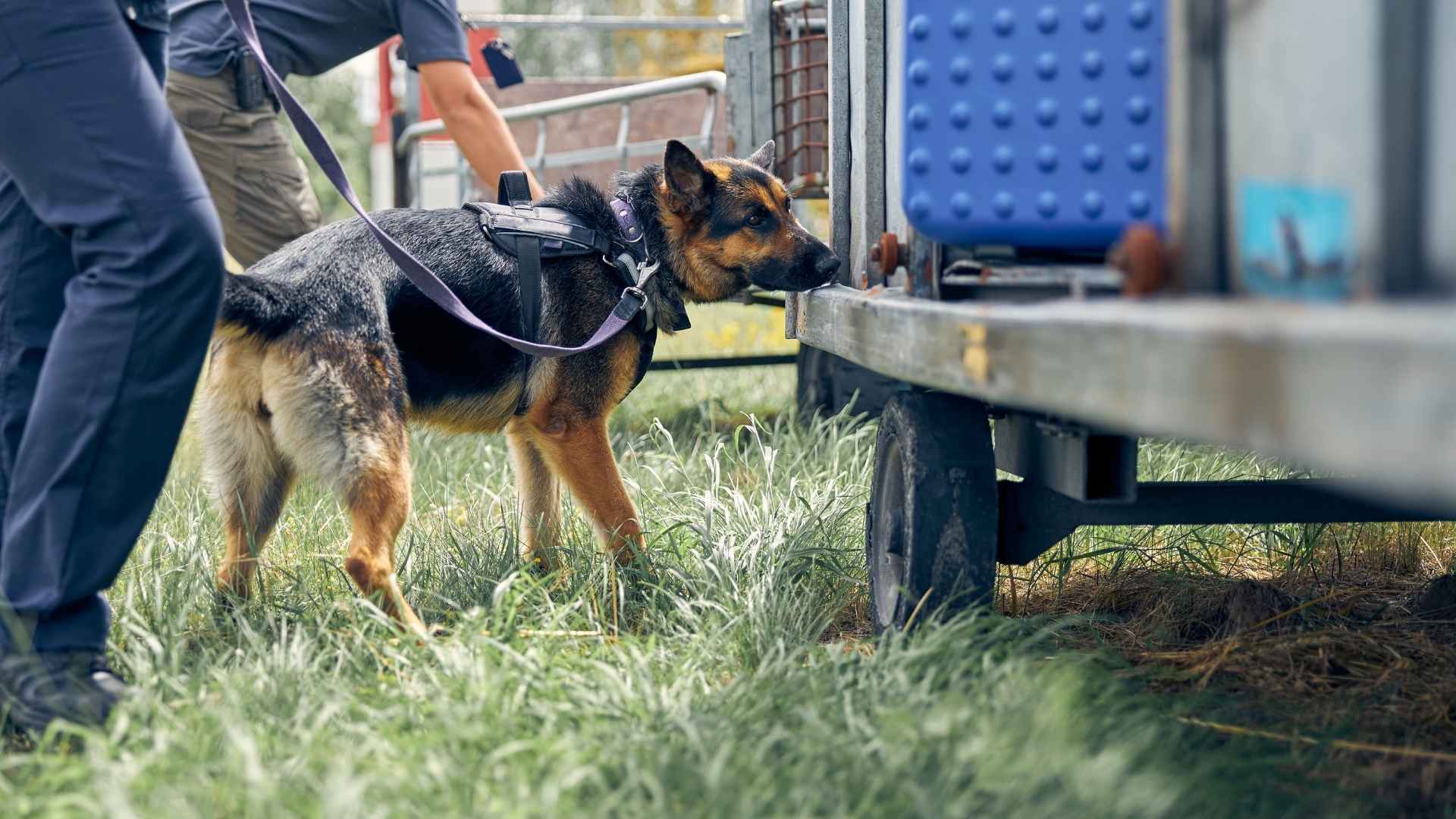Ever lost your car keys, only to wish your dog could sniff them out? Well, some dogs actually can. No, really.
In a world where humans can’t find their glasses on their faces, certain dogs can follow a 12-day-old scent trail through a forest. Talk about overachievers.
While most pups are busy chasing their tails, these nose-driven breeds are out solving crimes, finding lost hikers, and yes—busting drug rings. All in a day’s sniff.
Scent detection is no casual hobby for these dogs—it’s practically a superpower. Their noses have 50 times more scent receptors than ours. So next time you’re proud of smelling bacon from the other room… yeah, don’t be.
Whether you’re into search-and-rescue, detection training or just want a dog that can find your missing sock, these breeds don’t mess around. Unless it’s with a scent trail—then they’re obsessed.
9 Highly Skilled Nose-Work Dog Breeds
1. Bloodhound
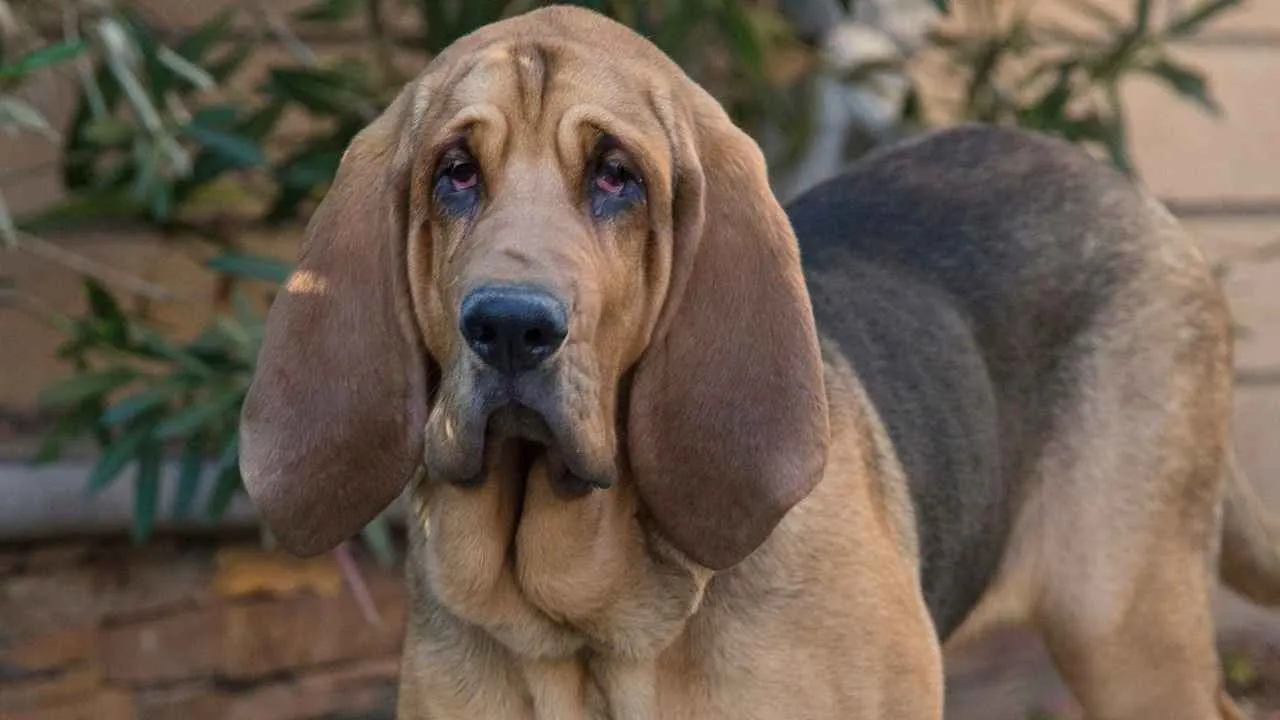
Originally bred in medieval France, because knights needed backup, Bloodhounds are the undisputed royalty of scent work. With their finely tuned nose and dramatic droopy ears, they can track a human scent across vast distances and difficult terrain like it’s a casual morning stroll.
AKC claims that these gentle giants aren’t just noses on legs—they’re used in search and rescue missions, criminal investigations, and missing persons cases. They’re the Sherlock Holmes of the dog world, minus the hat.
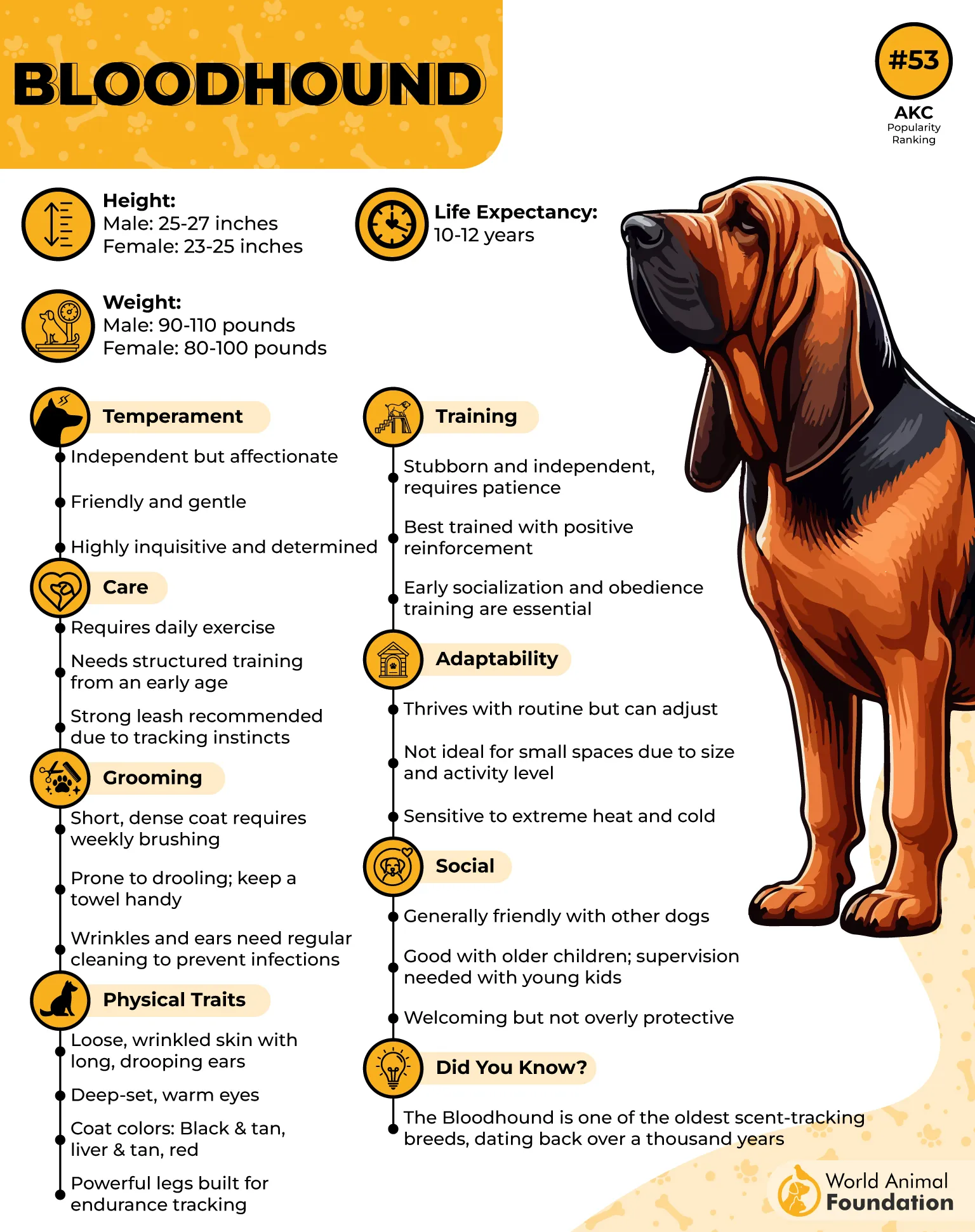
Don’t let the wrinkles fool you. While they look like they’ve just read the news, Bloodhounds are highly trainable, as long as you’re not in a hurry. Training them is like negotiating with a sleepy genius: slow, but worth it.
They’re stubborn, yes. But also oddly lovable. Use positive reinforcement and treats, or prepare to be outwitted. Every. Single. Time.
They need physical stimulation and plenty of outdoor time. Think hikes, not apartment zoomies.
Fun fact? Their sense of smell is so accurate that it’s admissible in court. Yeah, they’re literally that good.
Also, don’t expect them to fetch your slippers. They’re too busy solving crimes and ignoring your voice.
2. Beagle
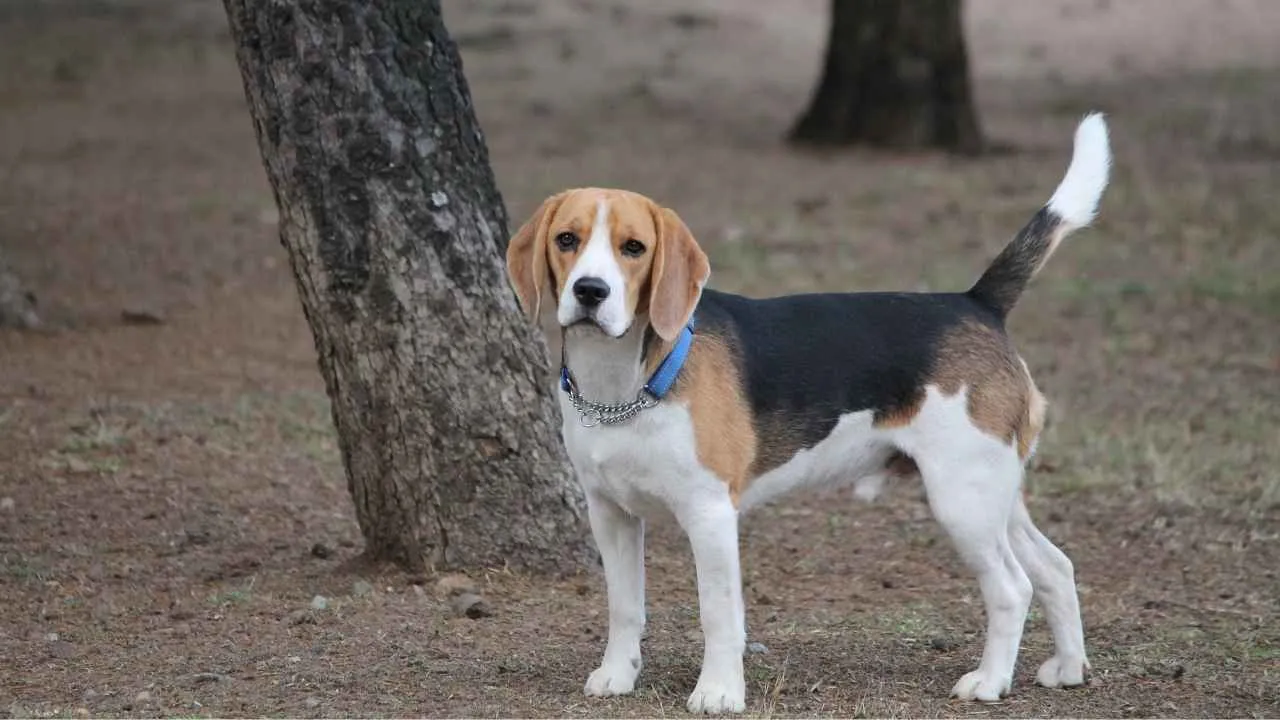
Ah, the Beagle: small, cute, and quietly judging your every move with its keen sense of smell. Originally bred for hunting small game, they’ve evolved into top-tier detection dogs, often used in airport security and for detecting drugs.
Don’t let the size fool you—they have boundless energy and a nose that could find your hidden snacks three rooms away. Or a target odor buried under layers of other scents.
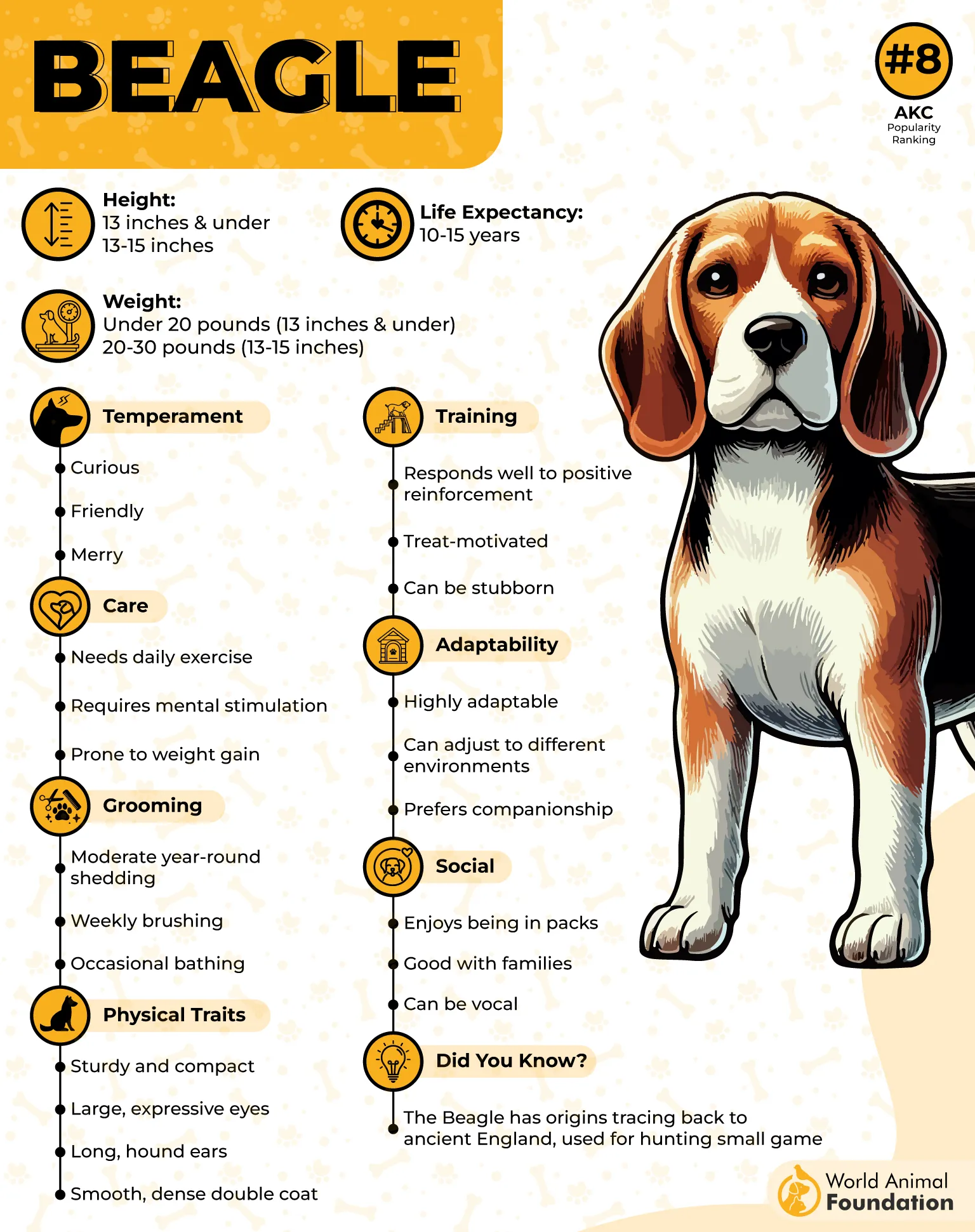
Beagles are friendly, food-obsessed, and occasionally too smart for their own good. Their playful nature makes them excellent family pets unless you’re the family trying to hide bacon.
Training a Beagle requires creativity, patience, and about 1,000 treats. And no, yelling doesn’t help—this breed works on bribes.
They shine when given mental stimulation, especially in scenting tasks. Hide-and-seek? More like hide-and-you-already-lost.
Fun fact: They’re the USDA’s go-to detection dogs. Your carry-on doesn’t stand a chance.
Overall cost? Moderate. But they’ll rob your snack budget blind.
3. Basset Hound
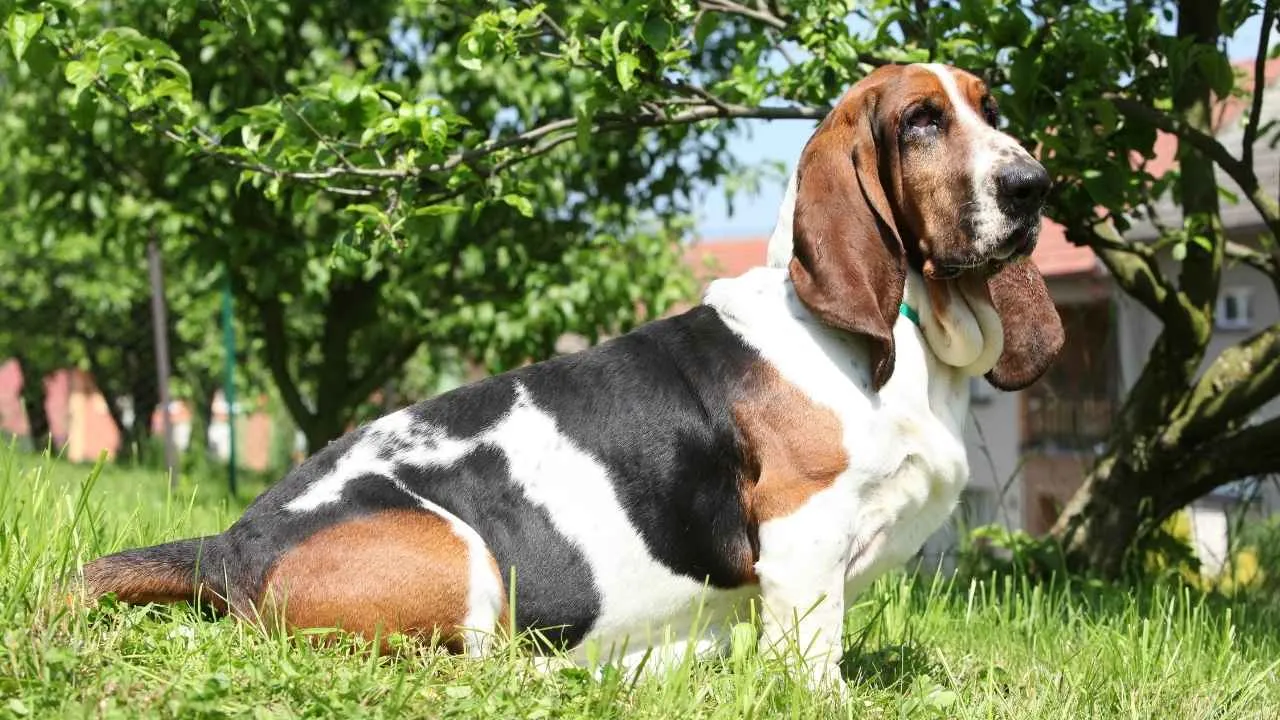
Basset Hounds are the low-riders of the hunting dog world—short legs, long ears, and more attitude than a teenager with chores. But don’t underestimate them—they’ve got one of the best senses of smell on the planet.
Britannica reveals that originally bred in France to track scents of small game, these guys specialize in ground scenting. Their droopy ears sweep scents up toward their good nose, while their wrinkled skin traps it like a walking scent funnel.
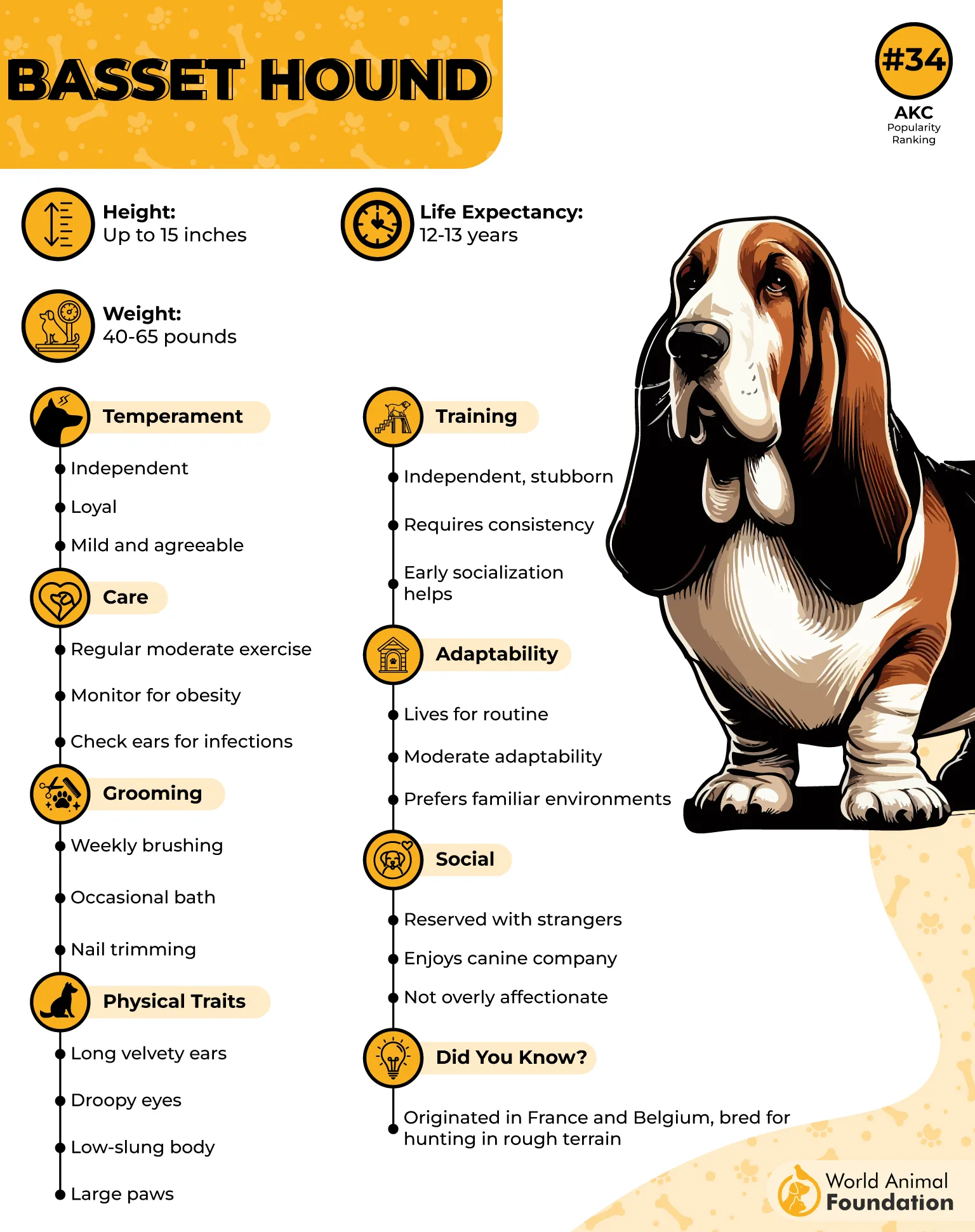
They may look sluggish, but Basset hounds are persistent. Once they catch a scent trail, they’ll follow it forever—or until they forget what they were doing. Whichever comes first.
Training case… interesting. They hear you, they just don’t care—unless you’ve got food. Think positive reinforcements, and don’t skip meals.
Not great for complex tasks or military operations, but perfect for couch-to-garden tracking challenges.
They thrive with physical stimulation but aren’t marathoners. Think sniff walks, not sprinting.
Fun fact? They can trail human remains better than many dogs—yes, even Border Collies.
4. German Shepherd
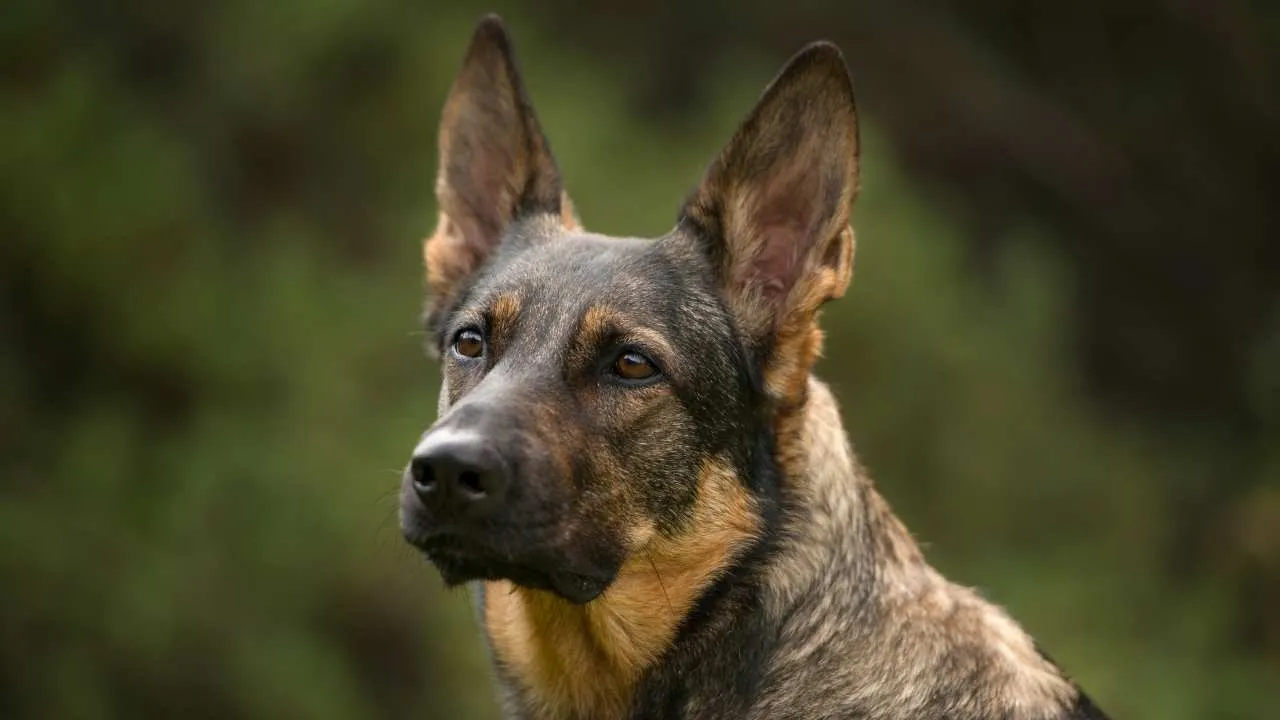
German Shepherds: the overachievers of the canine world. If dogs had resumes, theirs would include police work, search and rescue missions, detecting drugs, and maybe even managing your calendar.
Originally bred in Germany (shocker), these dogs combine brains, brawn, and an Olympic-level keen sense of smell. They’re the Swiss Army knives of the detection work universe.
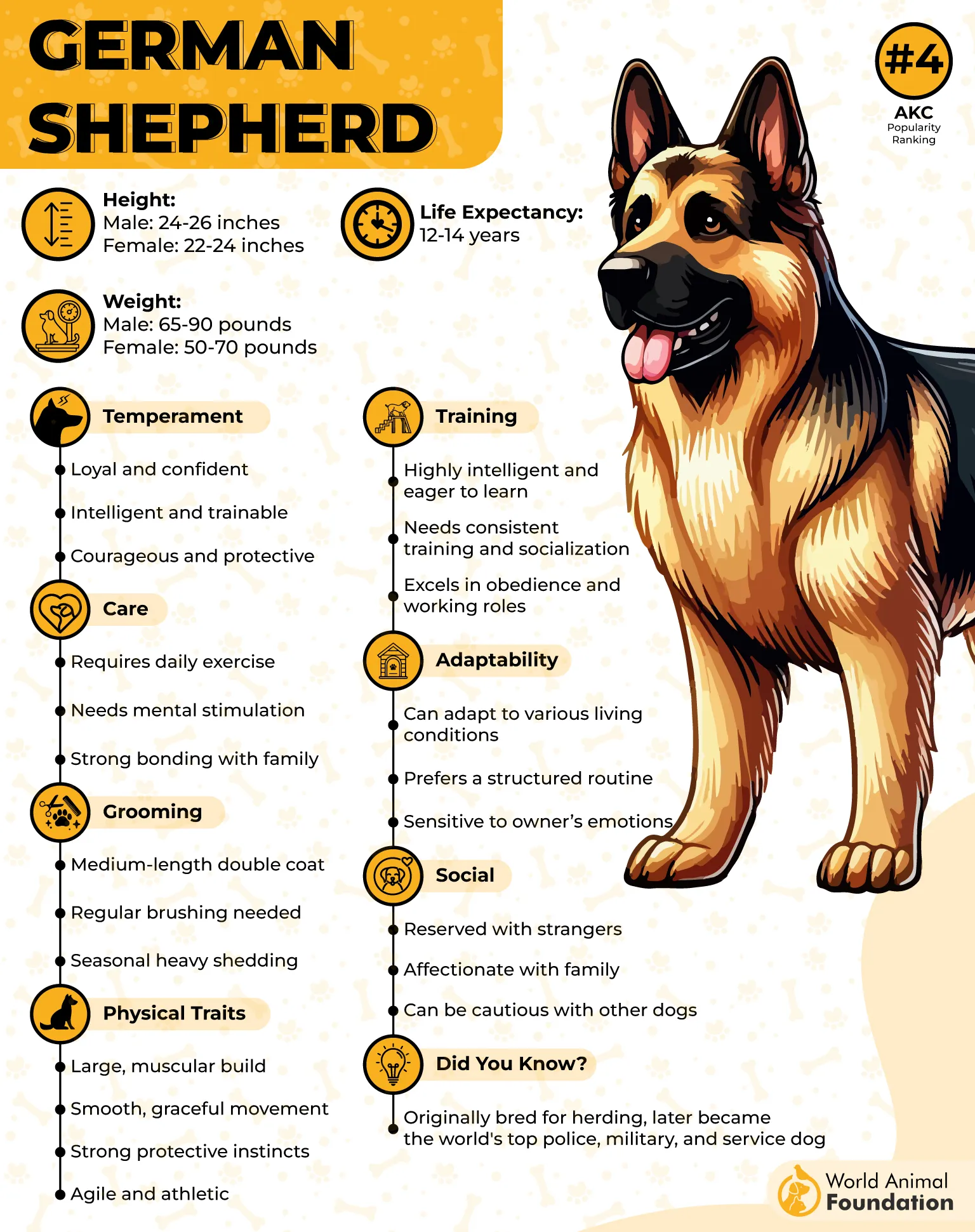
Training them is like teaching calculus to a valedictorian—effortless if you know what you’re doing. They’re highly trainable, but they also need mental stimulation, or they’ll start inventing their hobbies. Like reprogramming your smart home.
GSDs need serious physical stimulation, too. If you’re a couch potato, this isn’t your soulmate. They want jobs. Real ones.
Used globally for bomb detection, SAR dogs, and even military operations—because who else would you trust with your life and your lunch?
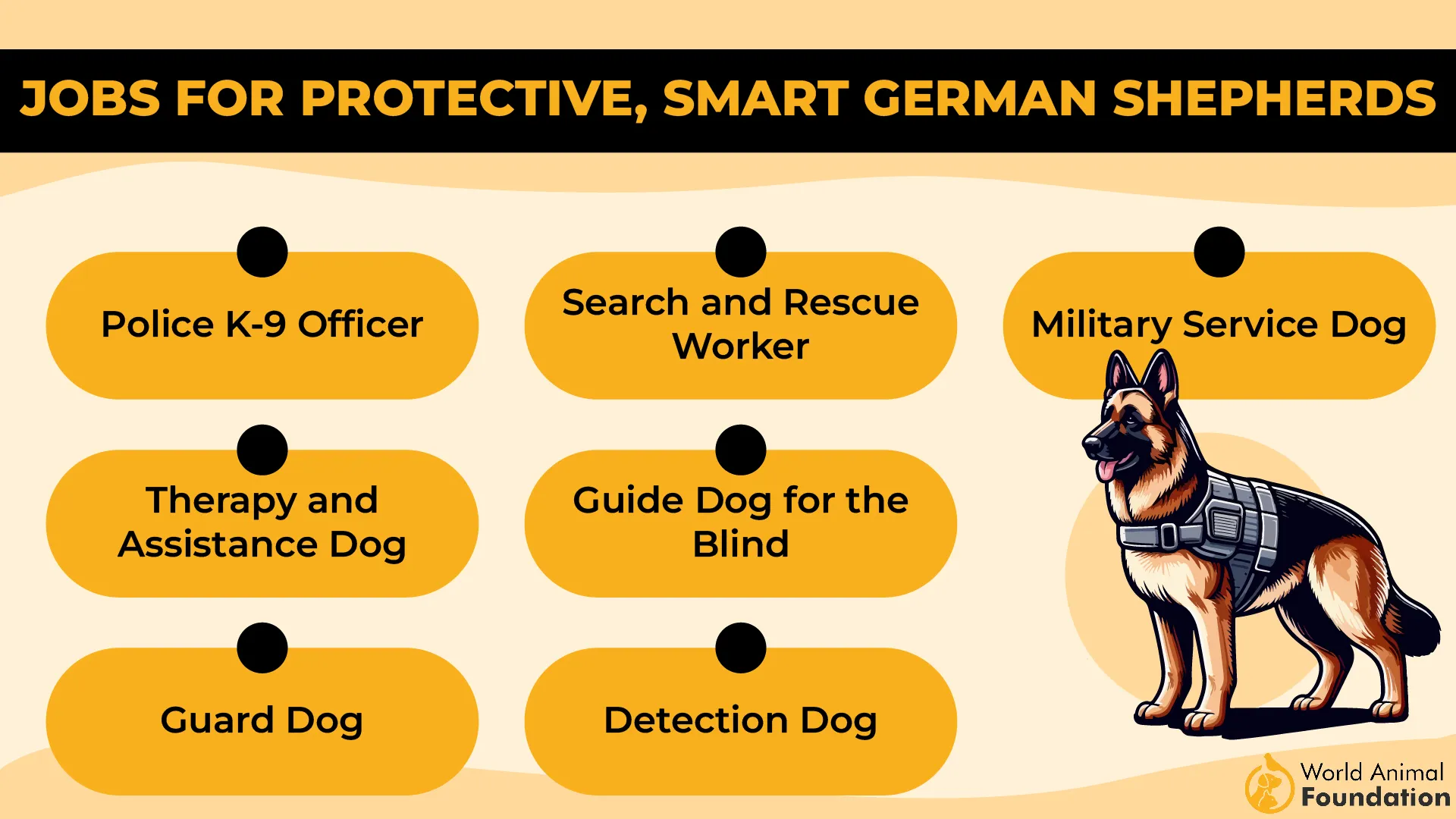
They’re loyal, intense, and not here for your nonsense.
Fun fact: They’re often preferred over other breeds in complex tasks because they listen.
5. Belgian Malinois

Meet the Belgian Malinois: a caffeinated German Shepherd with a shorter coat and zero chill. This breed was born for high-intensity work, and yes, that includes sniffing out illegal substances, bombs, or your bad decisions.
Originally bred for herding, these dogs quickly moved up to elite-level detection work and military operations. If there’s a target odor, a Malinois will find it—and probably interrogate it.
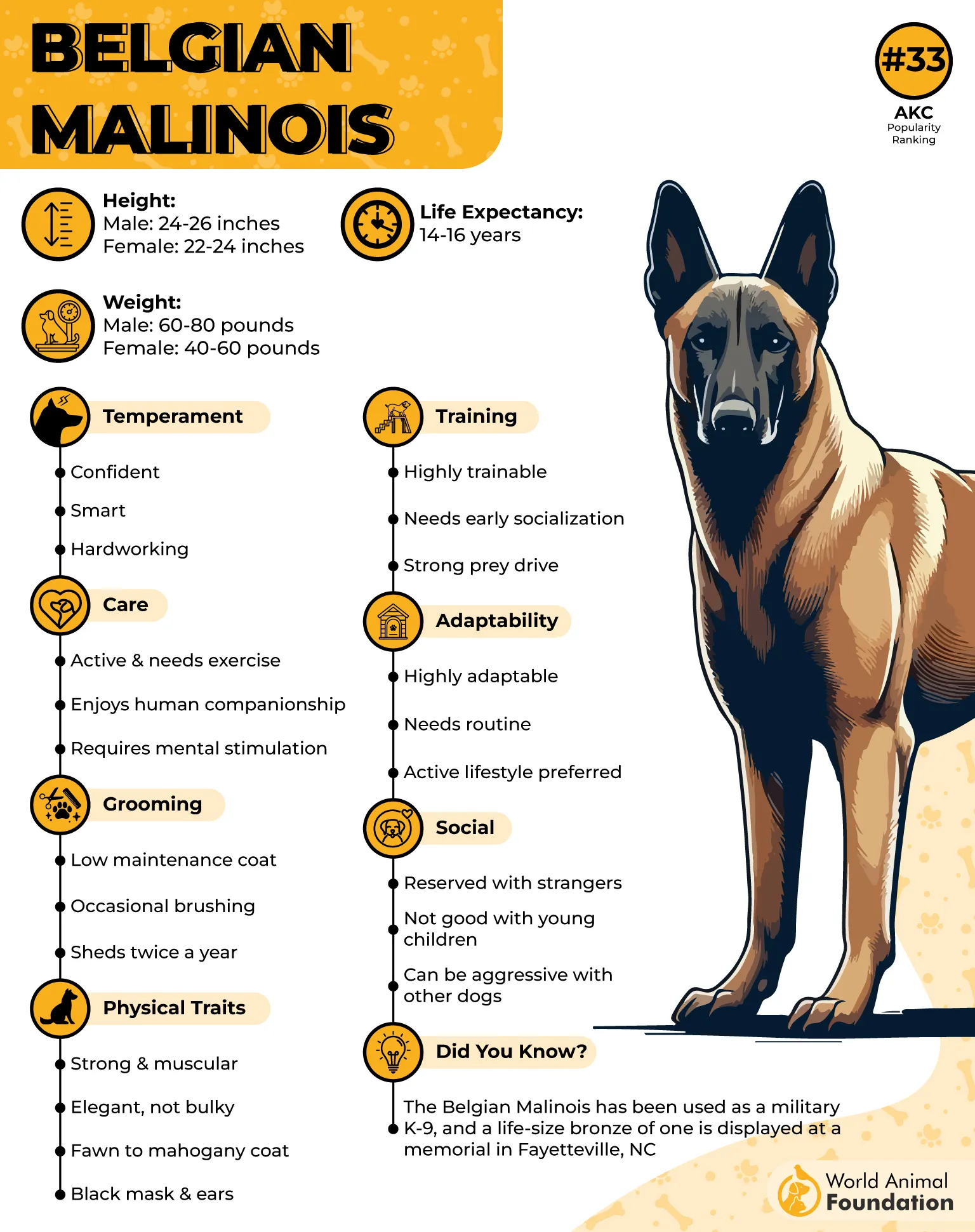
They’re not just highly trainable—they demand it. Skip a day of mental stimulation, and they’ll redecorate your house with extreme enthusiasm.
PetMD suggests that this is not a dog for amateurs. They need structure, challenge, and enough exercise to exhaust a triathlete. But in return? You get one of the best breeds for search and rescue work, bomb detection, and being smarter than most humans.
Fun fact: Navy SEALs love them. Who wouldn’t want a furry, four-legged action hero?
Don’t expect snuggles. Expect results.
6. Labrador Retriever

Ah, yes, the Labrador Retriever—America’s sweetheart and professional nose with a wagging tail. Friendly? Absolutely. But under that goofy grin is a keen sense of smell that’s made them the go-to for airport security, detecting drugs, and even bed bugs.
Originally bred to retrieve fishing nets (because humans needed help, as usual), Labs are now elite detection dogs and excellent candidates for search and rescue efforts.
They’re highly trainable, ridiculously eager to please, and can sniff out a target odor before you’ve even finished saying “treat.” No wonder they’re favorites in police forces and rescue missions.
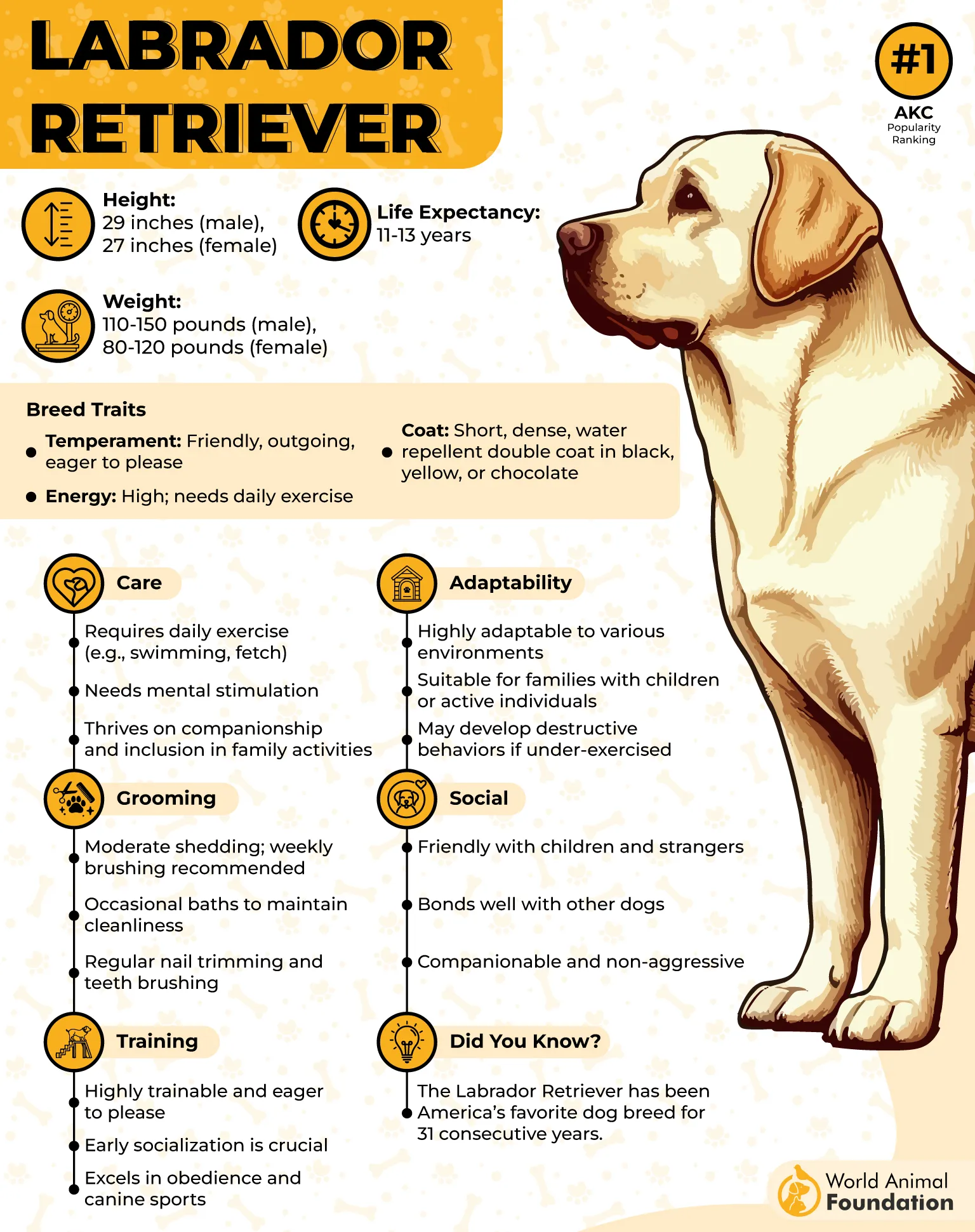
With their friendly disposition, they double as both excellent family pets and covert scent-tracking geniuses.
Petplan notes that Labs thrive on mental stimulation and are powered by praise, food, and more food. Keep training fun, fast, and full of snacks.
Fun fact: They’re so food-motivated, some have accidentally self-trained in finding snacks, not suspects.
Bonus? You won’t need to bribe them. Just hold a cookie.
7. Coonhound
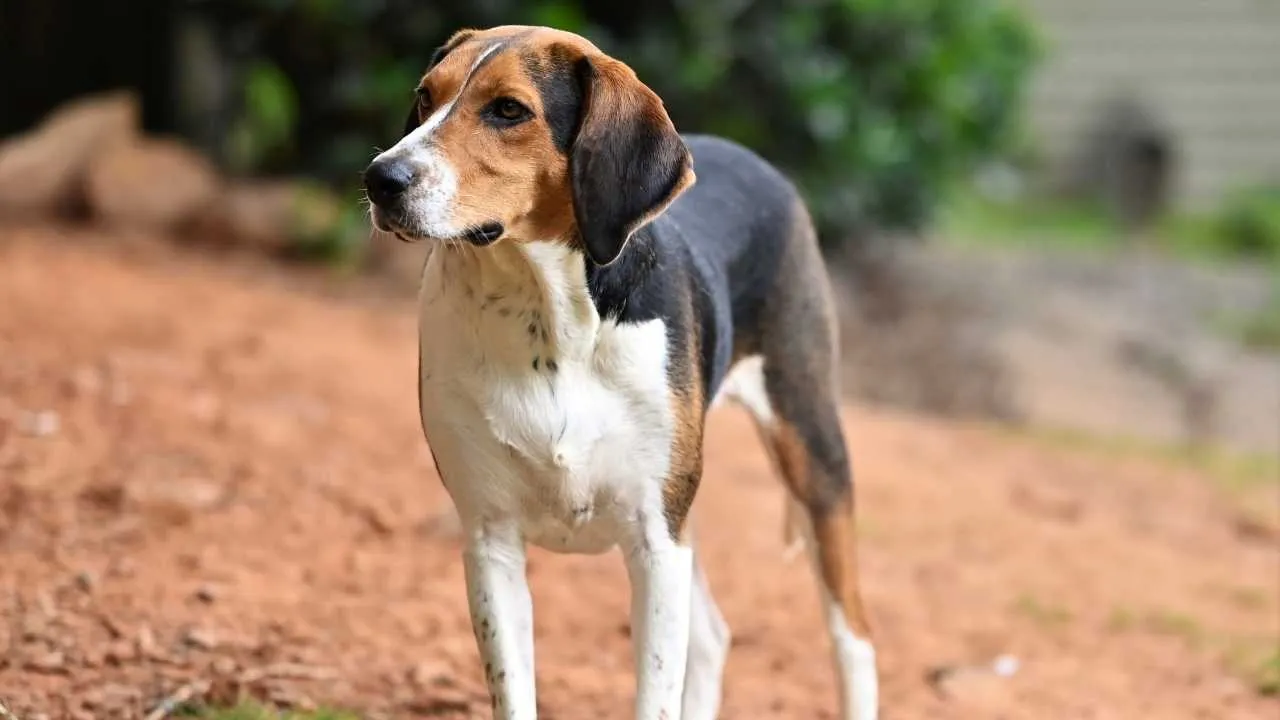
The Coonhound: part dog, part scent-tracking machine, part loudspeaker. Originally bred to trail small game (yes, raccoons—hence the name), this hound’s nose is so good it could probably find your Wi-Fi signal.
These dogs are pros at tracking scents over long distances and difficult terrain, especially in outdoor adventures. They were made to follow a trail until the end of time—or dinner, whichever comes first.
Training a Coonhound? Think negotiation, not domination. Use positive reinforcement, a solid leash, and maybe some earplugs. They’re smart but have selective hearing when following a human scent.
Coonhounds are great for search and rescue work, but don’t expect them to be apartment dwellers. They need space, freedom, and probably a daily mountain to climb.
They’ve got a keen sense of smell, boundless energy, and just enough stubbornness to keep life interesting.
Fun fact: their loud, musical “baying” is great for trailing game—or annoying your entire neighborhood.
8. English Springer Spaniel
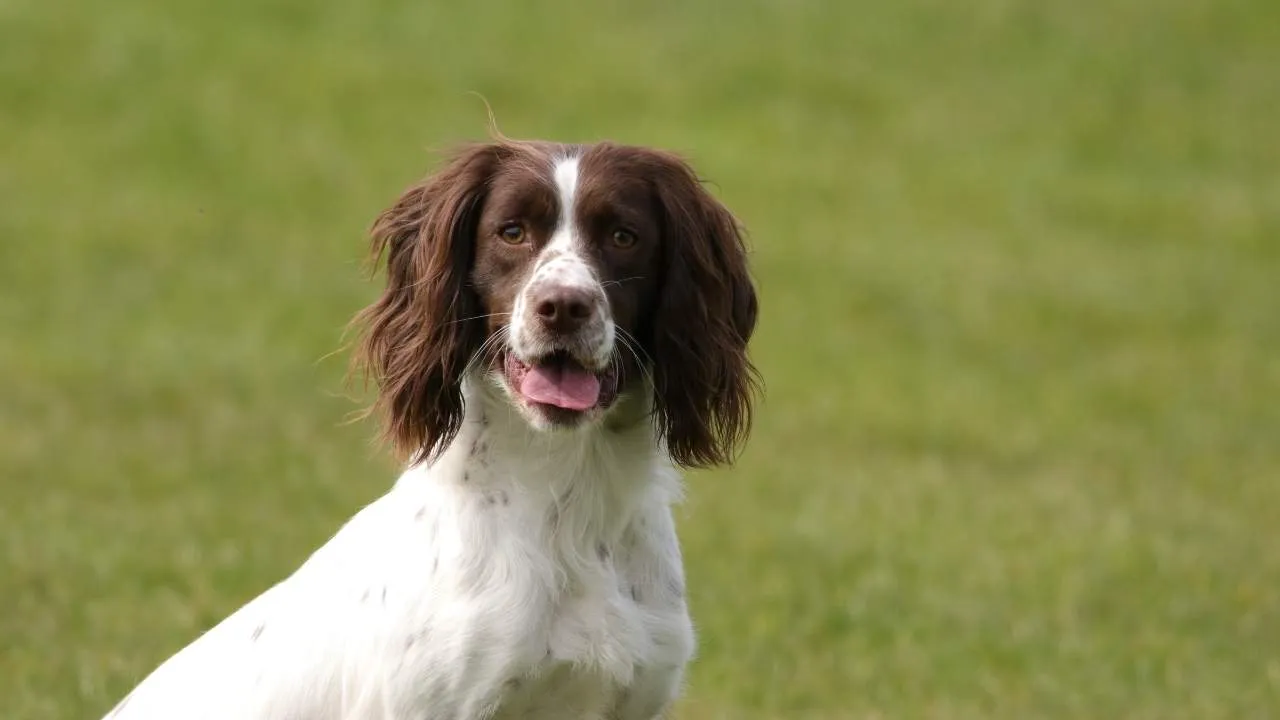
The English Springer Spaniel: the undercover agent of the dog world. Cute? Yes. Cuddly? Sure. But also a legend in detection work—especially in airport security and finding drugs.
Originally bred to “spring” game from the brush, these dogs have evolved into compact scent missiles. Their scenting ability is top-tier, especially when a target odor is buried deep in chaos.
They’re highly trainable, whip-smart, and laser-focused when working. Off duty? They turn into cheerful chaos gremlins with a love for mud and attention.
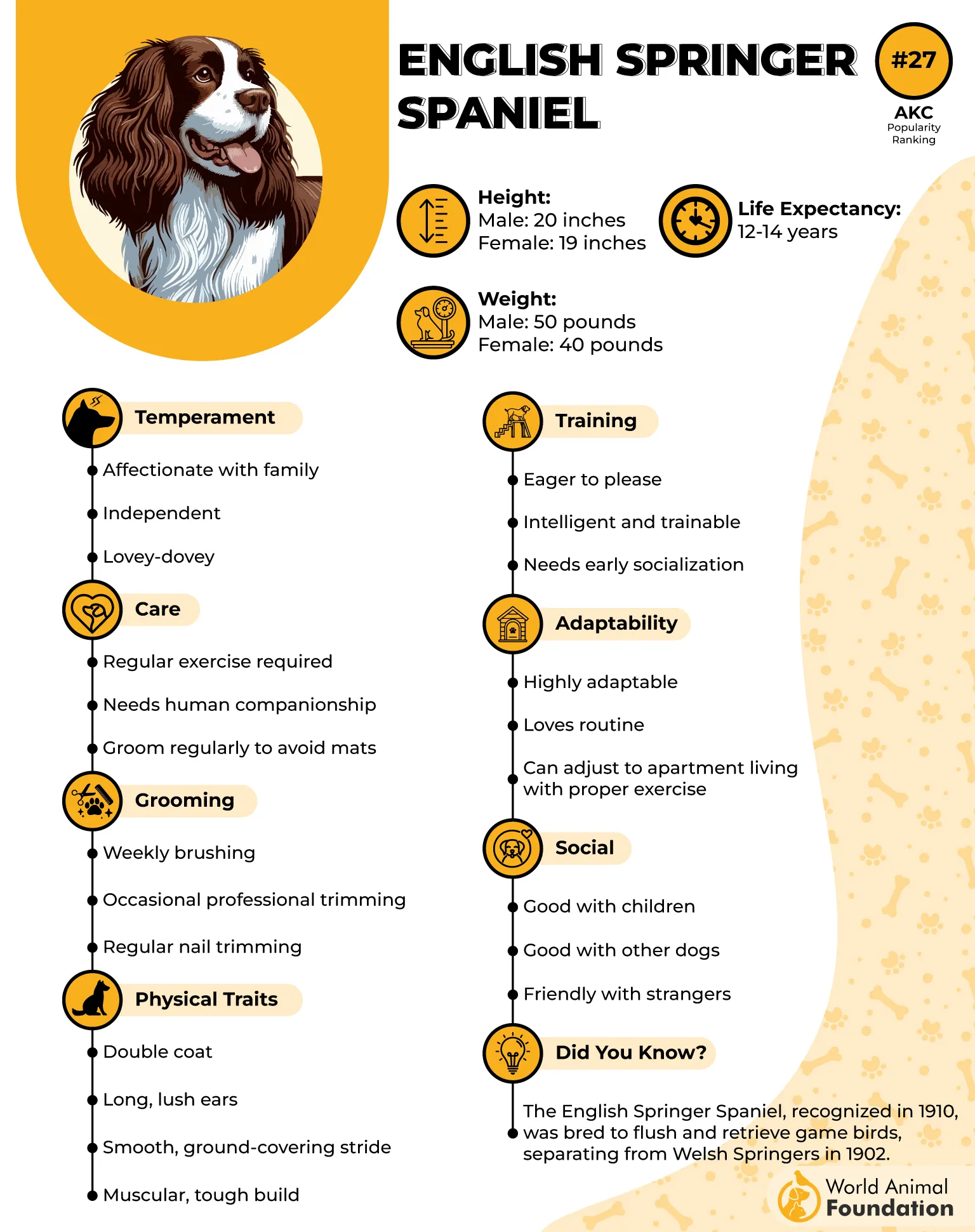
WebMD recommends giving them plenty of mental stimulation, and watch them thrive. Training tip: Keep it fast, fun, and full of praise. Or snacks. Or both.
Springers are well-suited for complex tasks like bomb detection or locating illegal substances in cluttered environments. Small in size, big in skills.
Fun fact: They’re preferred by many dogs in detection teams because they don’t look intimidating—until they ruin your smuggling operation.
Great with families, bad for squirrels.
9. German Shorthaired Pointer
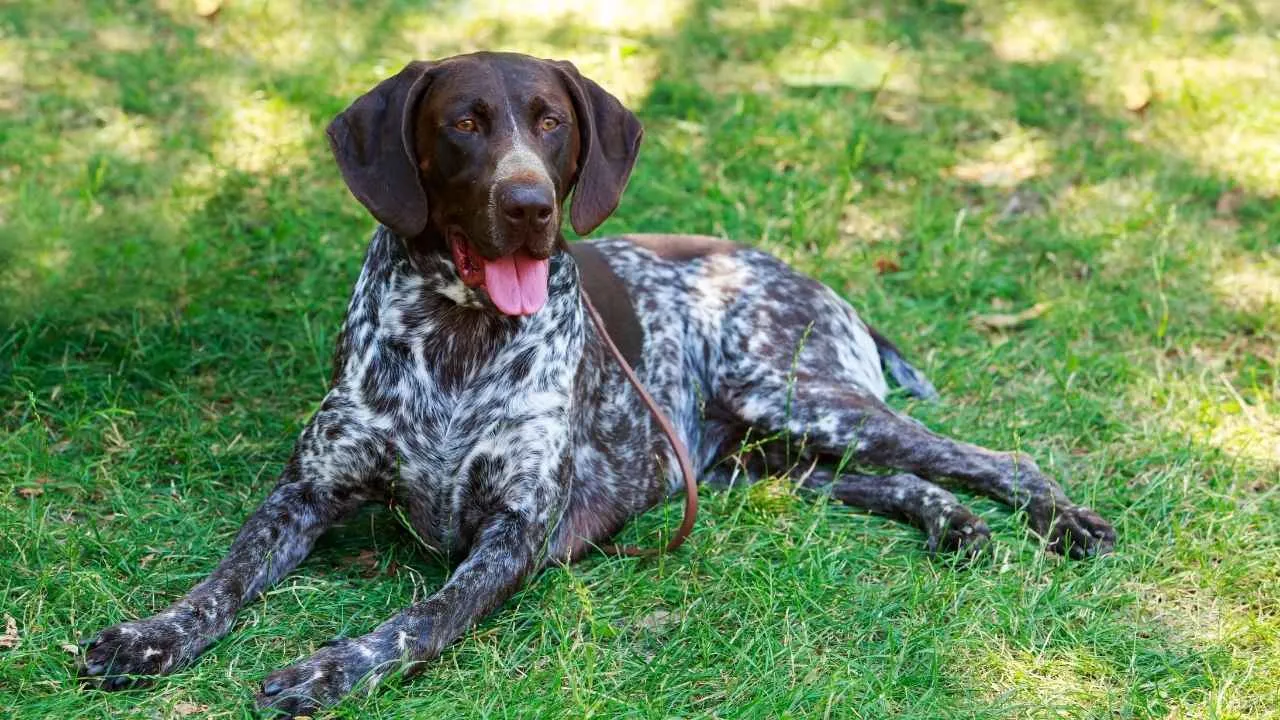
If elegance and chaos had a scent-tracking baby, it would be the German Shorthaired Pointer. Originally bred in Germany for hunting dogs duties, they’re part athlete, part sniffer, and part rocket.
These dogs are elite detection dogs thanks to their versatile sense of smell, endurance, and laser-like focus on target odor, especially when it involves missing persons or human remains.
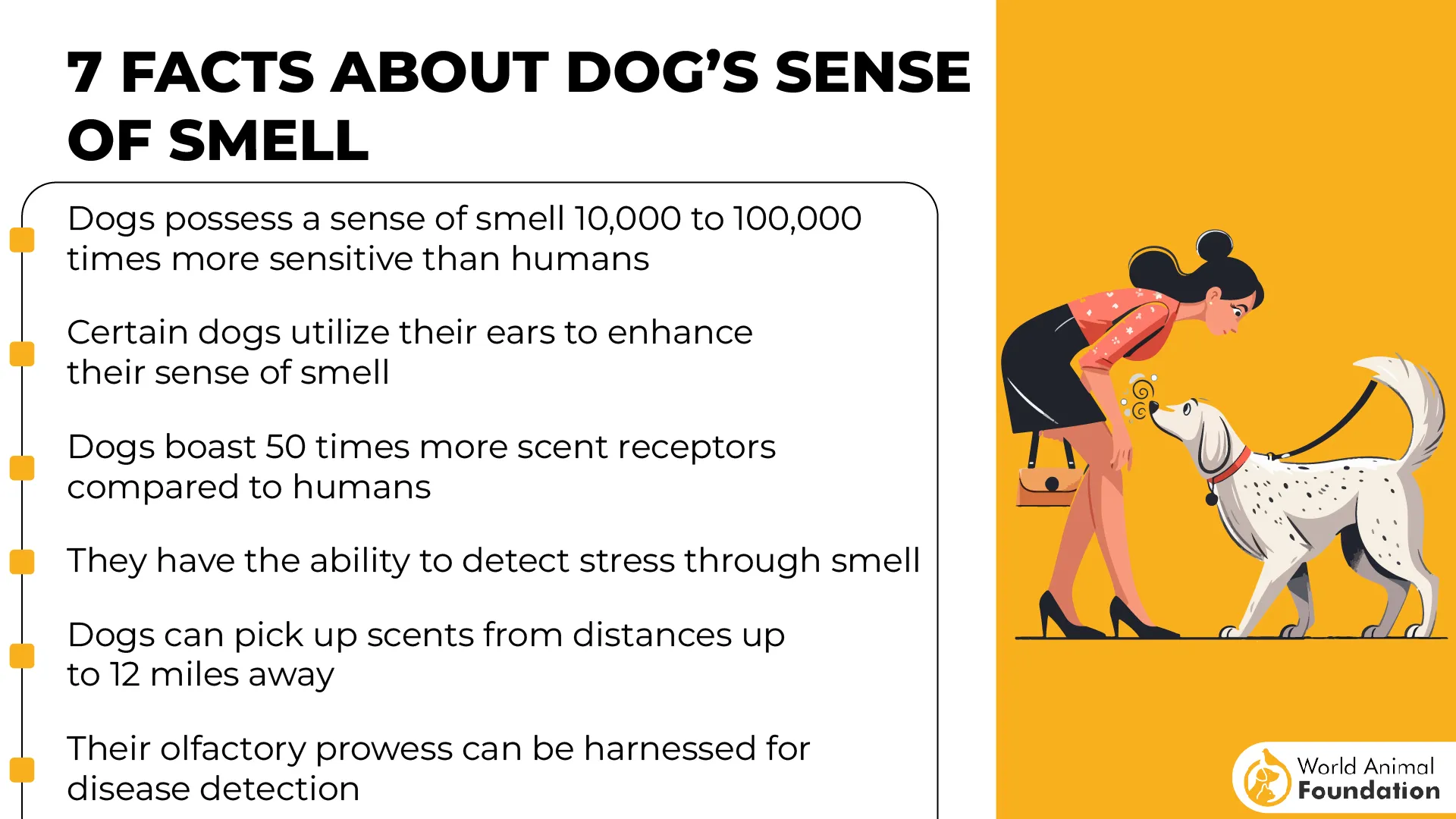
They’re sharp, energetic, and easily bored. Translation? They’ll do complex tasks with precision or destroy your flowerbeds out of spite. Choose wisely.
Training is easy if you know what you’re doing and have the stamina of a triathlete. These dogs aren’t “walk to the park” types—they’re “run a forest trail for three hours” types.
They love physical stimulation, demand mental stimulation, and will thrive in search and rescue efforts, detection work, or your very organized hiking schedule.
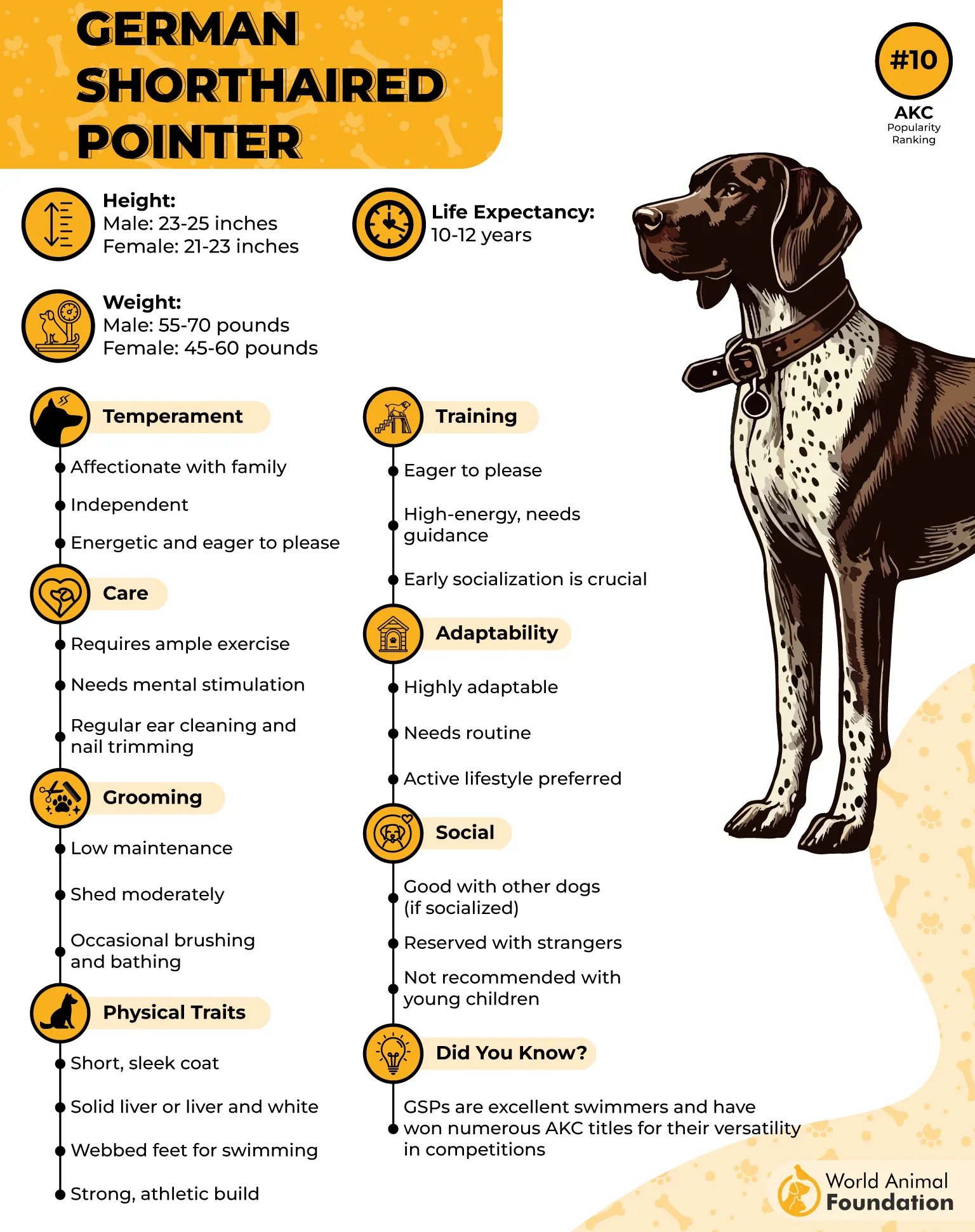
Fun fact: GSPs can work air scent and ground scent equally well—basically, they’re multi-scenting pros.
If you’re not active, they’ll make you be. Or leave you behind.
Final Thoughts
So, next time you misplace your keys (again), remember—some dogs could’ve found them, your dignity, and last week’s pizza crust… blindfolded.
From floppy-eared detectives to lean, mean scenting machines, these breeds prove that having a keen nose is a serious superpower—and way cooler than fetch.
Whether it’s trailing lost hikers, busting smugglers, or locating snacks with precision, these pups were born for the great outdoors and trained for greatness.
Do you have other pets or kids at home? Many of these sniff-savvy breeds double as excellent family dogs, though your cat may file a formal complaint.
Still not satisfied? Honorable mentions go to Border Collies, Golden Retrievers, and even the spicy little Jack Russell Terriers—all brilliant in their own chaotic, high-energy way. Yep, they can detect explosives, too.
Inspired yet? Dive nose-first into the world of scent work and find your perfect four-legged partner in crime-solving, couch-sniffing glory.


